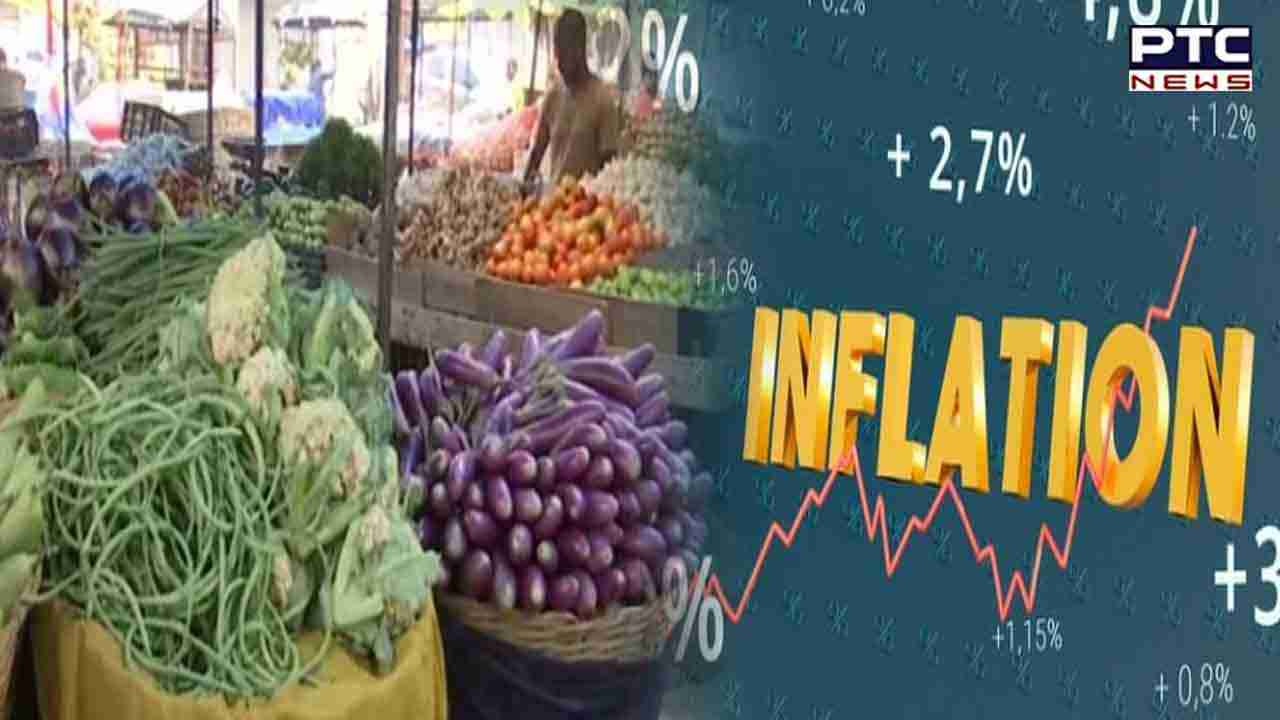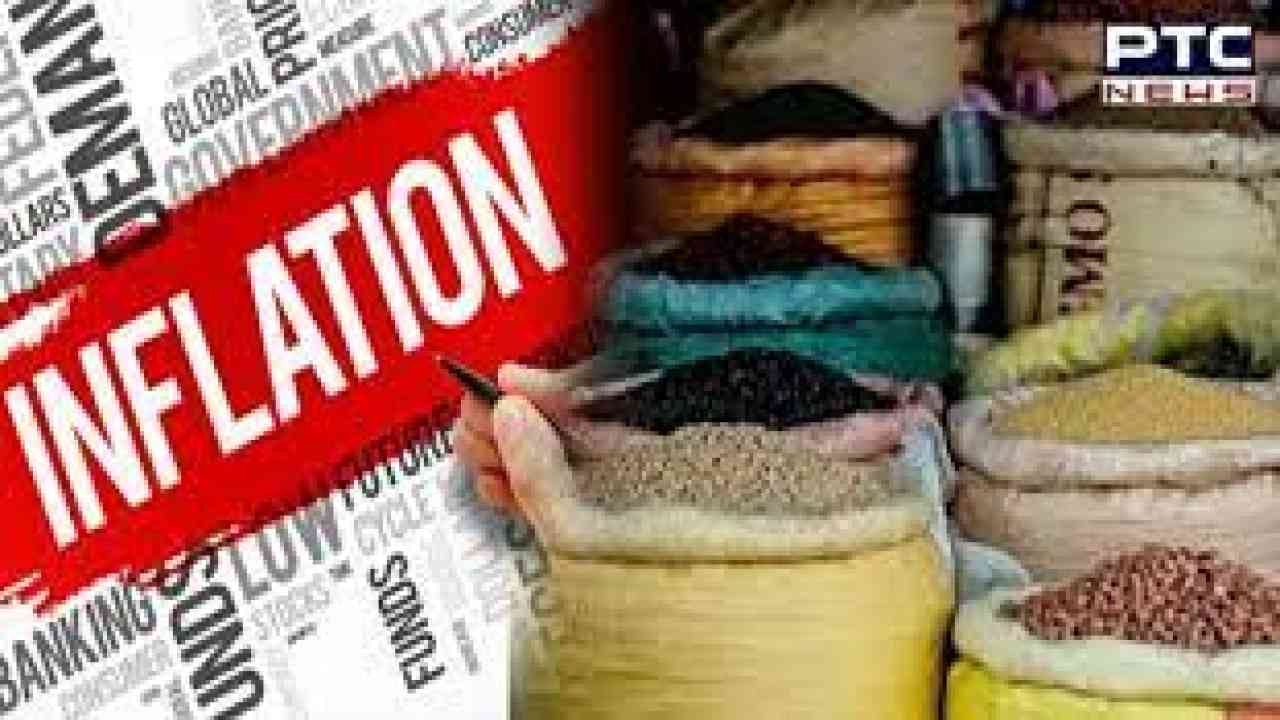

India's wholesale inflation goes up in May; food, vegetable and energy prices main factors
India wholesale inflation update: India’s wholesale inflation, measured by the Wholesale Price Index (WPI), surged to 2.61 per cent in May, up from 1.26 per cent in April, according to data released by the Commerce Ministry on Friday. This marks the seventh consecutive month of positive wholesale inflation, following a period of seven months in the negative zone that ended in October.
The significant rise in wholesale inflation in May is largely attributed to increasing prices of food articles and minerals. The food basket, which includes cereals, paddy, pulses, vegetables, potatoes, onions, and fruits, saw notable price hikes. Additionally, the prices of manufactured food products, crude petroleum and natural gas, mineral oils, and other manufactured items also contributed to the higher inflation rate in May.
Economists often consider a moderate rise in wholesale inflation beneficial, as it typically encourages manufacturers to increase production. This latest increase, while notable, remains within a manageable range that could stimulate manufacturing activity without causing significant economic disruption.
Historically, wholesale inflation in India has seen considerable fluctuations. In April of the previous year, wholesale inflation fell into negative territory. Similarly, during the early stages of the COVID-19 pandemic in July 2020, the WPI also recorded negative values. However, in October 2022, wholesale inflation was at a high of 8.39%, and since then, it has generally been on a downward trend. It’s noteworthy that the WPI-based inflation was in double digits for 18 consecutive months until September 2022.
The government publishes the index numbers of wholesale prices monthly, typically on the 14th or the next working day. These figures are compiled using data from institutional sources and selected manufacturing units across the country.
Meanwhile, India's retail inflation rate showed a slight decrease in May, continuing its recent trend of moderation. Despite this, food prices remain a significant concern for policymakers. Annual retail inflation in May was recorded at a 12-month low of 4.75%, slightly down from 4.83% in April. The Consumer Price Index (CPI) was 5.7% in December last year and has been steadily declining since.
While retail inflation remains within the Reserve Bank of India's (RBI) comfort zone of 2-6%, it is still above the ideal target of 4%, with food inflation being a particular area of concern. In response to inflationary pressures, the RBI has raised the repo rate by a total of 250 basis points to 6.5% since May 2022, although there have been recent pauses in rate hikes.

Raising interest rates is a common monetary policy tool used to curb inflation by suppressing demand in the economy. However, the latest minutes from the RBI’s monetary policy meeting highlight ongoing uncertainties around inflation, particularly regarding food prices. These price pressures continue to challenge the disinflation process and hinder the achievement of the 4% inflation target.
Looking ahead, the inflation outlook remains uncertain, with food prices expected to play a crucial role. The RBI’s efforts to manage inflation through monetary policy will need to consider these ongoing challenges to ensure a stable economic environment.
- ANI
